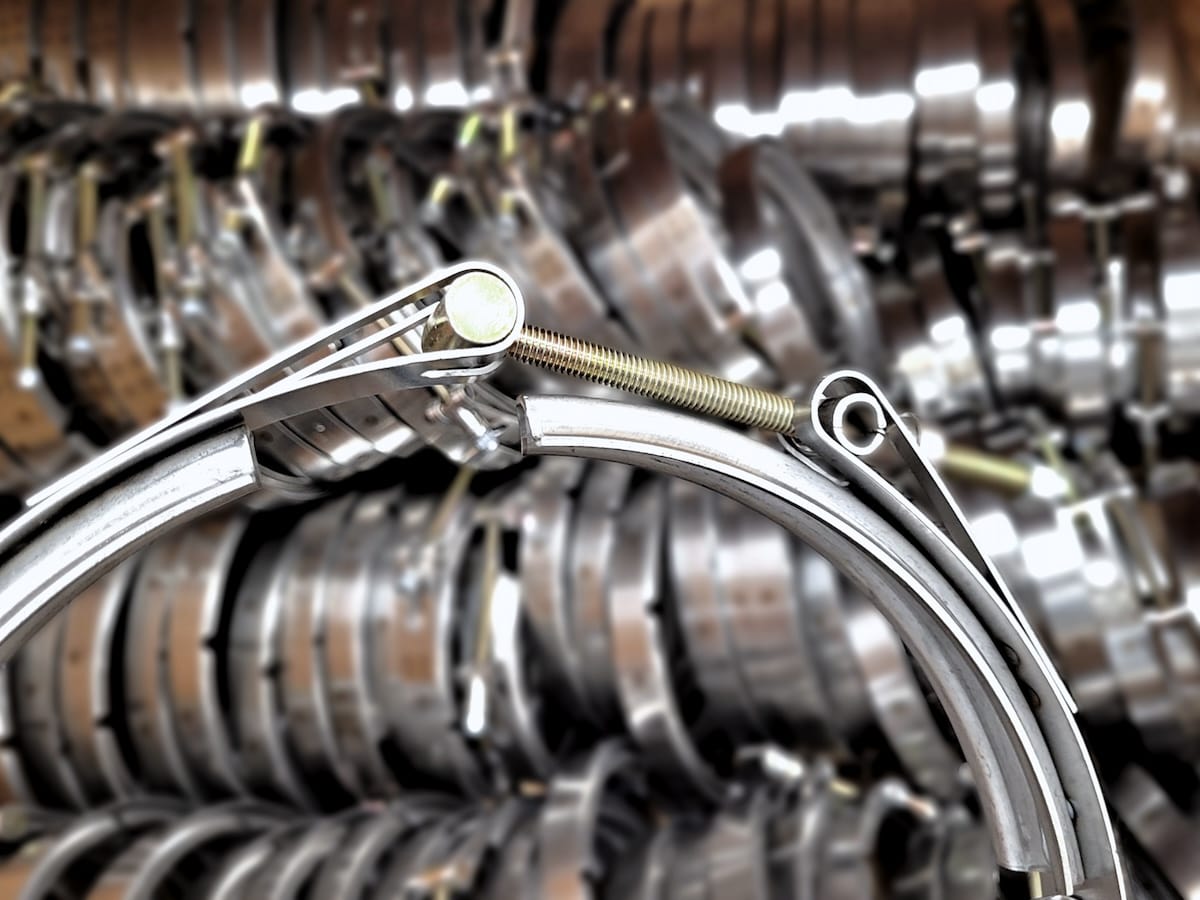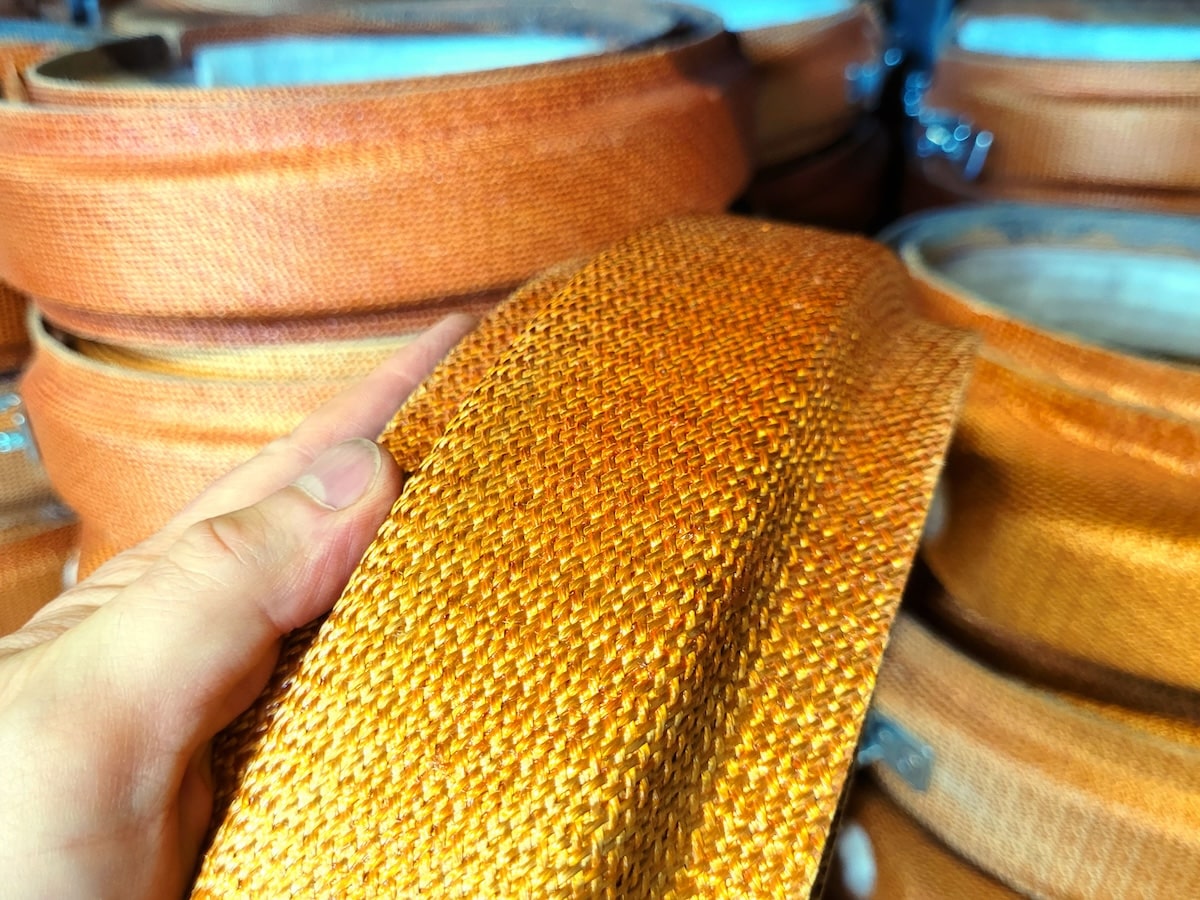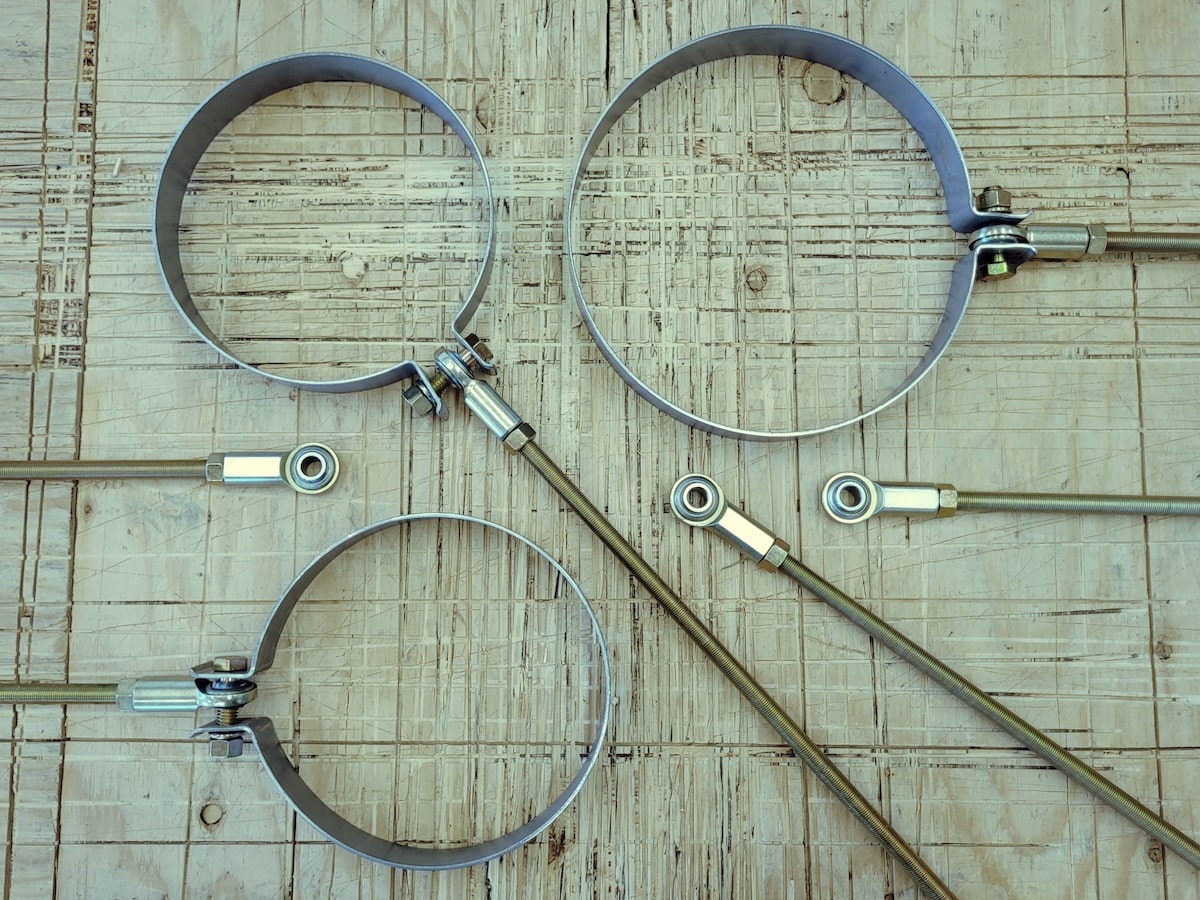Exhaust System Upkeep
In June of 2023, we published a blog post entitled “How DBA Mining Truck Parts Can Make Your Life Better“. This piece detailed the various ways in which DBA exhaust kits, DBA mufflers, and DBA exhaust accessories can improve the professional lives of the people working on a mine site. Heavy equipment operators, for instance, are less likely to experience burns and vehicle fires when DBA exhaust systems are employed. Mine site managers, meanwhile, appreciate the decreased downtime that accompanies the utilization of DBA units, and owner and accountants are typically pleased by the cost savings associated with the use of DBA’s aftermarket solutions.
Mechanics also tend to be happier when they’re dealing with DBA’s high-performance exhaust systems. This is partly because DBA systems are, as a general rule, more segmented than their OEM equivalents. This means that individual sections are usually lighter and easier to install {or replace} than their OEM counterparts. It’s the mechanics who perform regular maintenance on the mobile assets in a mine site’s fleet, and today’s article will explore various aspects of the servicing process.
Why Exhaust System Maintenance Matters
It’s often said that the three most important rules in real estate are (1) location, (2) location, and (3) location. It can perhaps be said, in a similar way, that the three most important rules on a mine site are (1) safety, (2) safety, and (3) safety. Mining truck engines are inherently dangerous in the sense that they generate enormous amounts of heat. If this thermal energy isn’t appropriately contained and managed, the results can be catastrophic. DBA exhaust components are encased in composite shells that reduce the surface temperature below the flash point for oils. A mechanic who discovers a bare section of pipe during a monthly exhaust system maintenance inspection can, by eliminating this chink in the exhaust system’s armour, avoid a number of negative outcomes. These include burns to the skin of mine site personnel, as well as full-on truck fires.
Truck fires are extremely expensive: there’s the outlay involved in replacing the mobile asset, as well as the lost revenue from the vehicle’s downtime. There may also be other elements in the financial equation, elements such as increased insurance premiums. Regular maintenance can help improve the safety situation, as described above, and it can also assist with avoiding these types of costs. A third benefit relates to exhaust system performance. A carefully-maintained squadron will, as you’d expect, run more efficiently and more productively than a fleet that’s tended to haphazardly.
Exhaust System Servicing – The Basics
In the previous section, we looked at the many advantages that result from conscientiously-completed exhaust system maintenance. The good news is that regular servicing of a high-performance exhaust system is actually pretty straightforward. Here are some specific recommendations.
1. Check the clamps to ensure they’re tight.
A single loose clamp can cause a cascade effect that compromises an entire exhaust system. If clamps aren’t snug, superheated exhaust gases can escape, and these gases may damage the layer of speciality insulation we insert between DBA exhaust components and their rigid composite shells.
2. Confirm that your exhaust component hangers are intact.
An exhaust system needs to be suspended properly in order to function optimally and a broken hanger can cause not only excess wear and tear but even the failure of an impacted part.
3. Examine the clamp covers to see if they’re fitted correctly.
If they’re not, adjust them. And if they’re in poor condition, change them. Replacing worn clamp covers may seem like an unnecessary expense, but skimping in this area is a false economy. As we explained in our blog post “Hump Hoses Are No Joke“, there’s no point in being penny-wise and pound-foolish. If spending $700 or $800 on a new set of hump hoses can help you avoid “dusting” your million dollar mining truck engine, then that is of course a no-brainer.
4. Scan your exhaust system’s composite shells for damage.
If you find a shell that’s been punctured or torn, then swap in a new component. It is possible to just replace the shell if the exhaust pipe underneath is in good shape, but it often makes sense from a downtime perspective to simply put in a new part.
Advanced Exhaust System Maintenance
Having reviewed the fundamentals of looking after high-performance exhaust systems, let us turn our attention to some particular situations that may arise in the field.
1. If you notice that one of your DBA exhaust shells appears lopsided, this is likely a sign that there’s a problem with the insulation inside. It may be time to replace that part.
2. Should you discover that the composite shells on your DBA exhaust components are softening, this could be an indicator that water is getting into your exhaust system. When the insulation inside a DBA exhaust unit is exposed to water it soaks it up and then steams the surrounding shell as it dries. On many occasions, moisture enters when a truck is being pressure washed. And on some sites, pressure washing is a necessity; in the tar sands, for instance, the mud is like sticky cement and must be removed. Pressure washing cannons can sometimes be adjusted, however, so that they’re not blasting fluid directly into exhaust system areas.
3. DBA offers two types of composite shells: clamshell and flange-style. The clamshell components feature internal rivets and they’re typically used in tight spaces. The flange-style shells, on the other hand, have external rivets on a lip and they tend to be more durable. If your DBA exhaust units aren’t lasting as long as you’d like and space isn’t a concern, you may want to switch to our flange-style shells {assuming you’re not using them already}.
And that concludes our discussion of exhaust system servicing. If you have any questions about lifespan-extending maintenance practices for your DBA exhaust components, we’re available anytime! We can be reached, toll-free, at 1-800-661-5886 and via email at [email protected]. We’d be delighted to hear from you because – and this is especially appropriate given the subject of this piece – we’re keen to maintain relationships with all of our wonderful customers.


